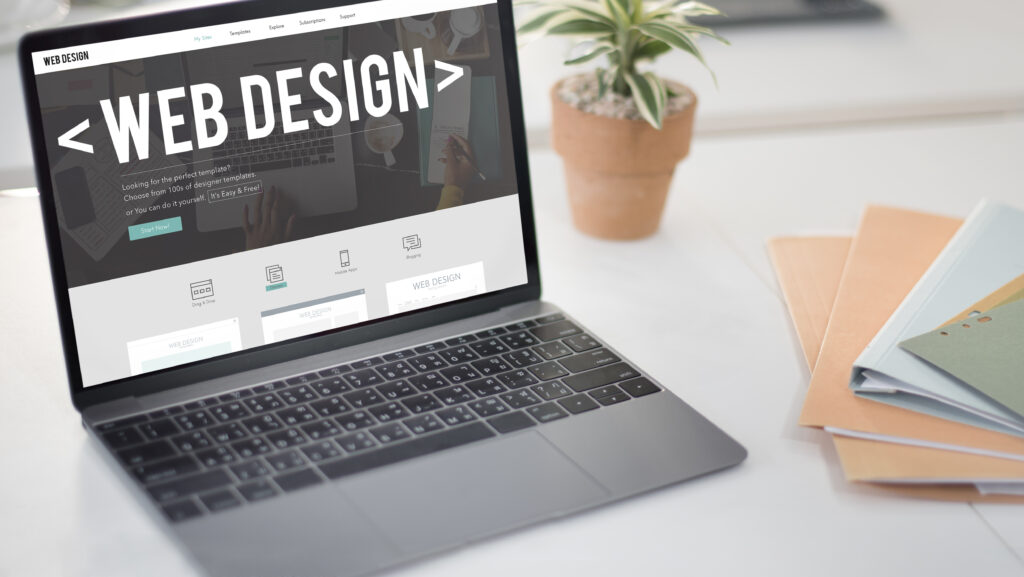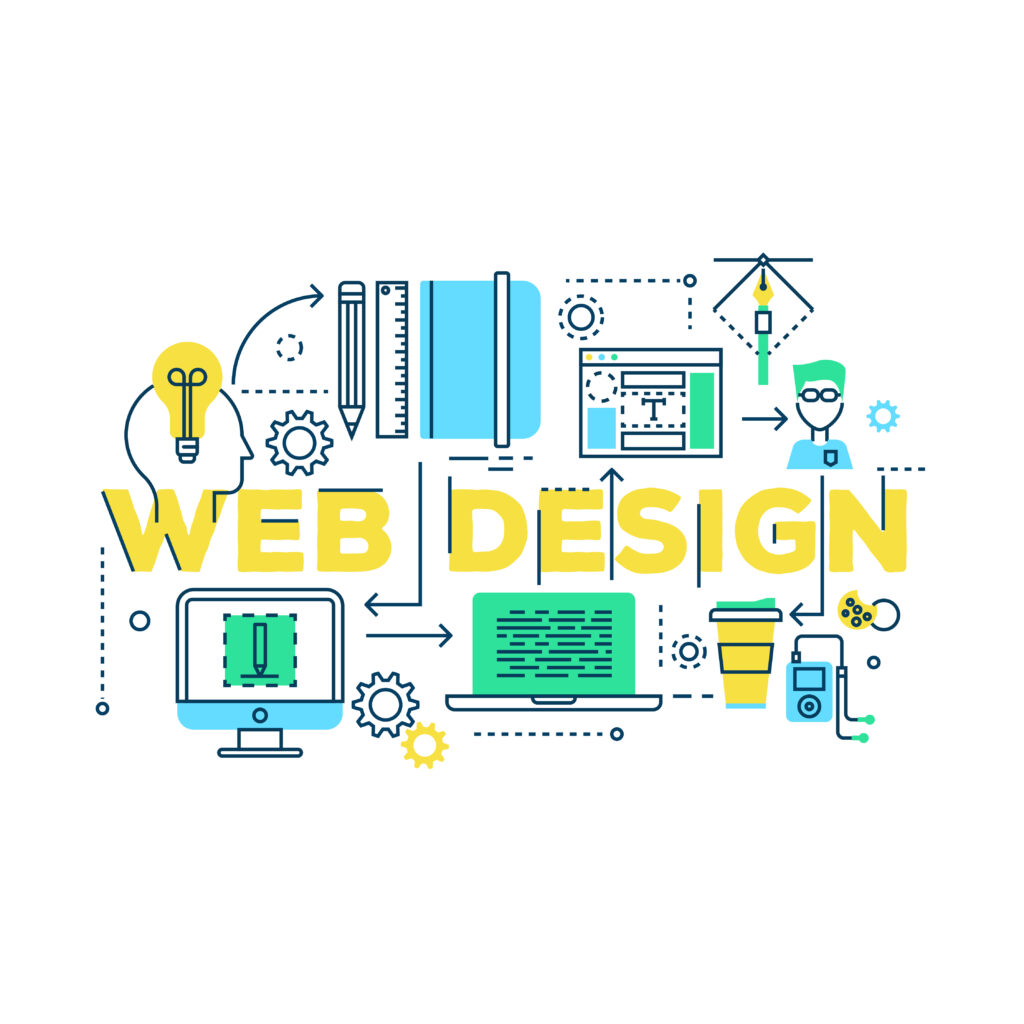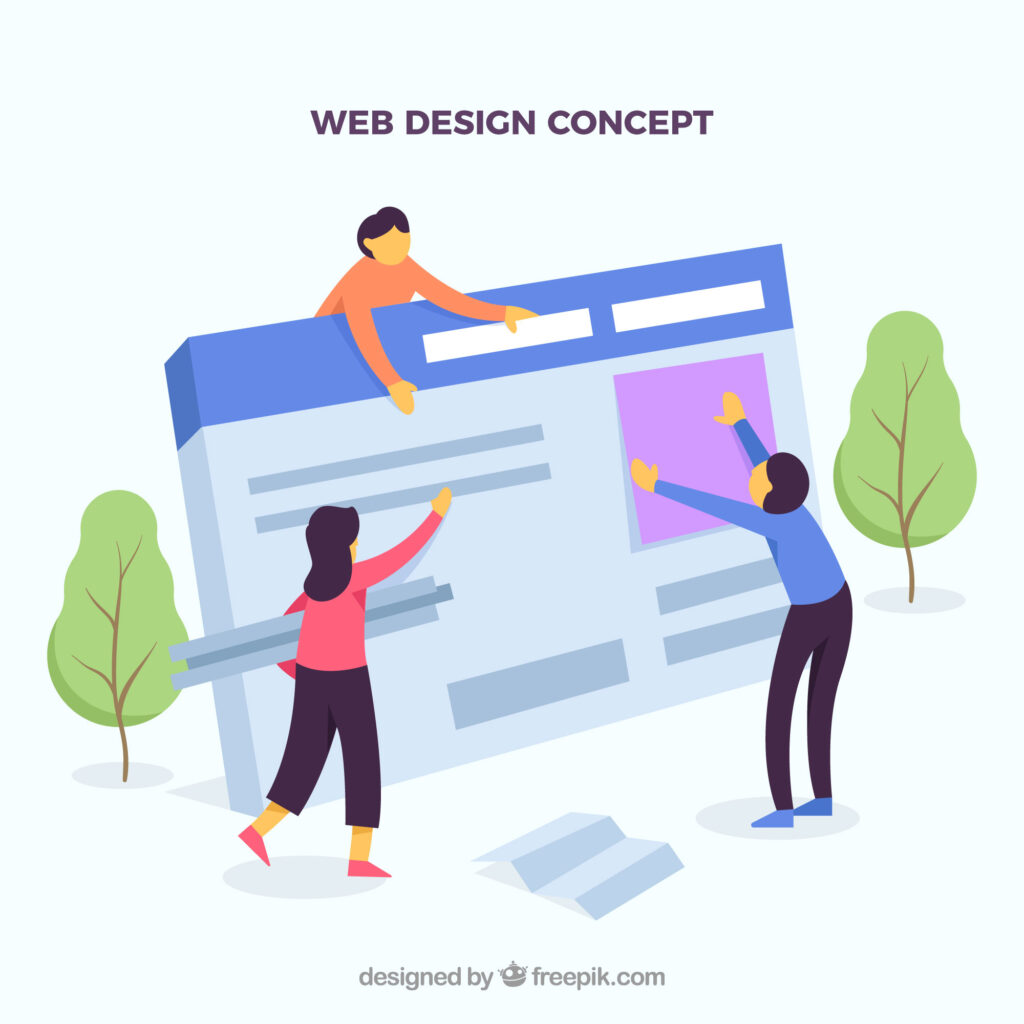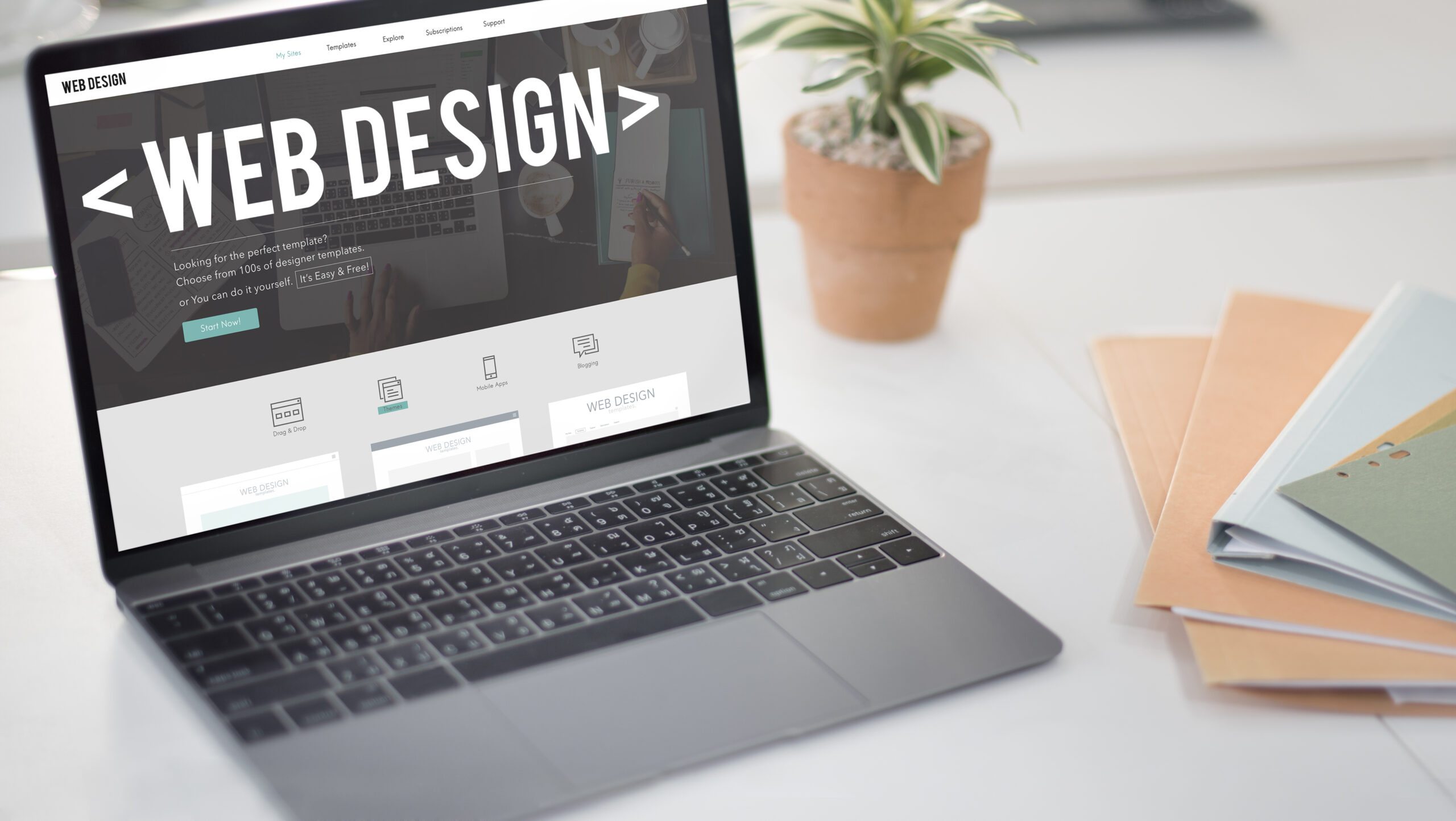Boost Your Online Presence with These 5 Crucial Pointers for Using Web Designing Services.
In the current digital era, both individuals and businesses need to have a strong online presence. Your website is your brand’s online store, so it’s critical to invest in high-quality web designing services to make sure it appropriately reflects your identity and core values. These five crucial pointers can help you maximize web designing services and improve your internet visibility, regardless of whether you’re building a new website from scratch or redesigning an old one.

Establish Your Brand Identity:
It’s critical to grasp your brand identity clearly before beginning the design process. Your website should be a reflection of your values, identity, and intended message to your target audience. Establishing your brand’s mission, values, and USPs should come first. This initial stage will serve as a roadmap for the design process and guarantee coherence throughout your entire web presence.
To integrate your brand identity into visual components like color schemes, typography, and photography, collaborate closely with your web designer. To improve brand identification and provide a seamless user experience, apply your logo and other brand elements consistently throughout the website. Recall that creating a memorable online brand presence requires consistency.
Make User Experience (UX) Design a Top Priority:
Your website’s success is largely dependent on the design of the user experience (UX). A well-designed website should be simple to use, intuitive, and offer a seamless surfing experience to its visitors. Work together with your web designer to make sure the user experience is given top priority during the design phase.
To begin, thoroughly investigate the needs, preferences, and browsing habits of your target audience. Create user personas and user journey maps using this data to pinpoint problems and areas that could use improvement. To accommodate consumers on a variety of devices, prioritize streamlining navigation, improving page load times, and guaranteeing mobile responsiveness.
Use user-friendly design components to direct visitors through their journey and promote interaction, such as obvious call-to-action buttons, a logical site layout, and educational content. To keep improving the user experience overall, iterate your design and regularly collect input from consumers.

Search engine optimization (SEO):
Optimizing your website for search engines (SEO) is crucial to increasing its visibility and generating natural traffic. Throughout the design and development process, collaborate closely with your web designer to incorporate SEO best practices.
To begin, carry out keyword research to find pertinent search terms and phrases associated with your company or sector. Use these keywords wisely in the meta descriptions, headers, and content of your website to raise its search engine ranking (SERPs). Make sure the pages on your website are easily crawled and indexed by search engines.
Additionally, to improve user experience and adhere to search engine algorithms, concentrate on boosting site security, performance, and mobile friendliness. To preserve and enhance your website’s search exposure over time, use analytics tools to track its performance on a regular basis and make any improvements.
Accept Visual Narrative:
A website that has strong visual narrative can stand out from the competition and draw in visitors in the visually-driven internet world of today. Collaborate with your site designer to integrate superior images, videos, and graphics that efficiently convey the narrative and message of your business.
Invest in high-quality photography or videography to present your staff, goods, and services in the best possible way. Strategically employ visual components to direct users’ gaze, arouse feelings, and bolster the story of your business.
To create a dynamic and captivating user experience, think about implementing interactive features like infographics, animations, and parallax scrolling. To guarantee that all people can access and enjoy your material, remember to keep accessibility in mind and retain visual consistency with your brand identity.

Promote Inclusivity and Accessibility:
In order to ensure that all users, regardless of their skills or restrictions, can access and interact with your material successfully, accessibility and inclusivity should be given high priority when developing a website. Work together with your web designer to follow online accessibility guidelines, such as the Web Content Accessibility Guidelines (WCAG), and put accessibility best practices into action.
To improve the accessibility of your website for people with impairments, take into account elements like font size, color contrast, keyboard navigation, and screen reader compatibility. To support users who might use assistive technologies, include transcripts for audio content, alternate text for images, and captions for videos.
To find and fix any possible access barriers, test your website frequently using accessibility tools and user input. You may increase the size of your audience and make the online experience more inclusive for all users by giving accessibility and inclusivity top priority when web designing services for your website.

Web Designing Services:
Effectively utilizing web designing services is crucial to improving your online visibility and maintaining your competitiveness in the modern digital market. You and your web designer can work together to build an eye-catching, user-friendly website that truly portrays your brand identity, engages your audience, and generates meaningful results for your business by using these five crucial tips.




